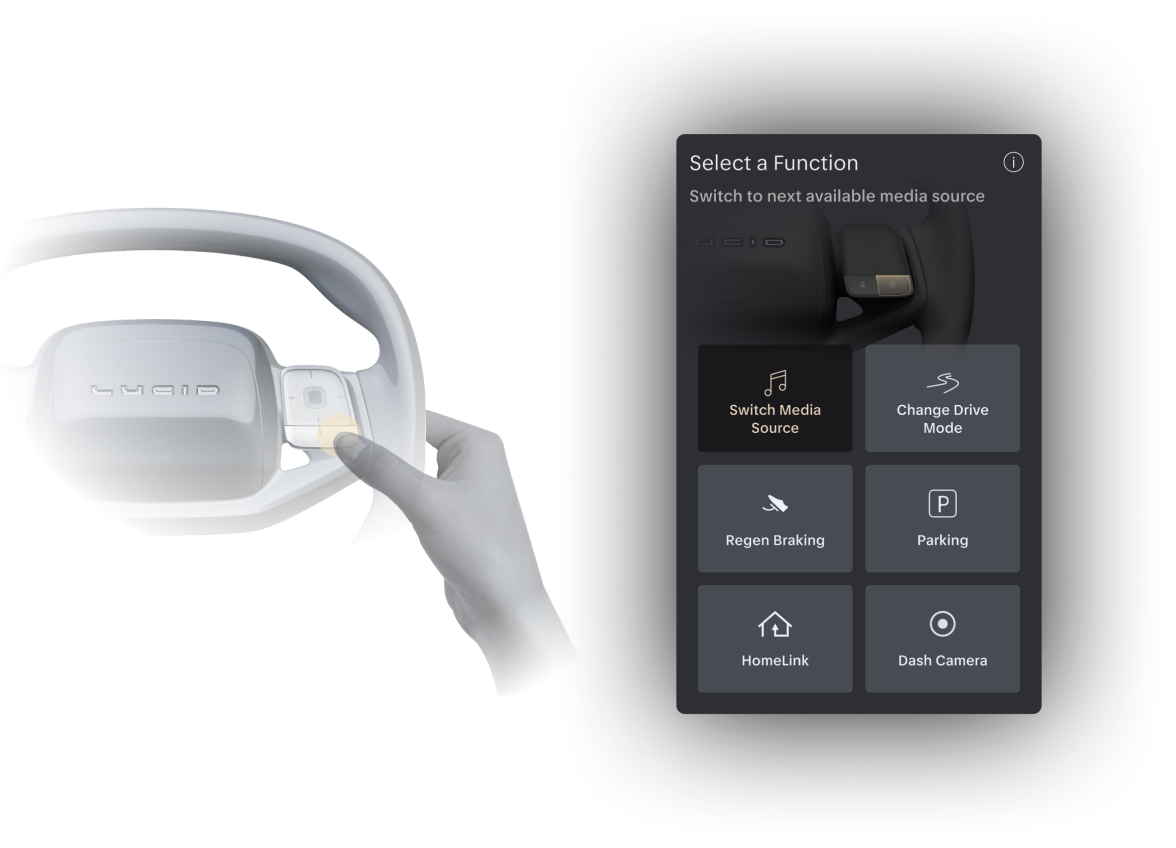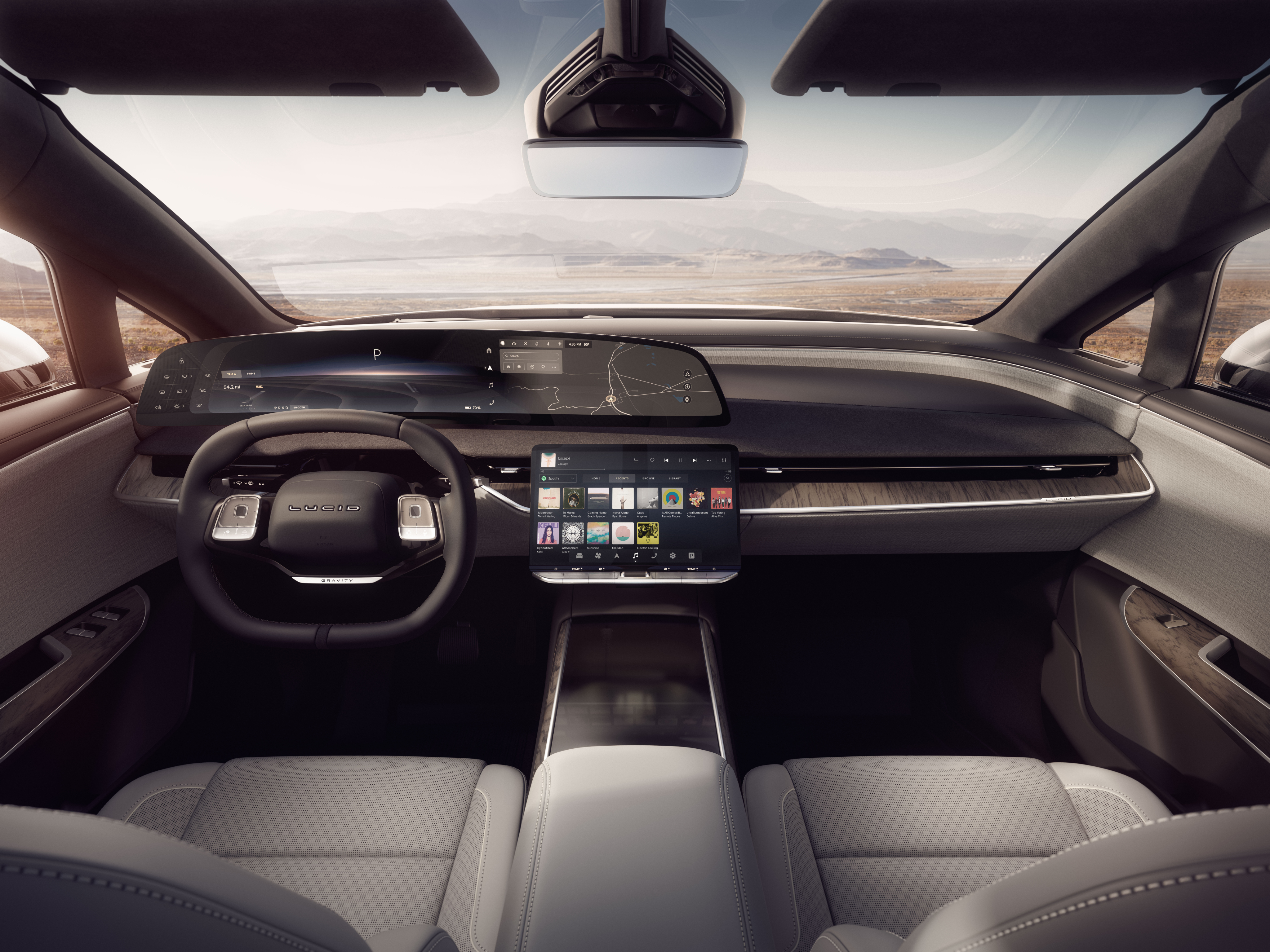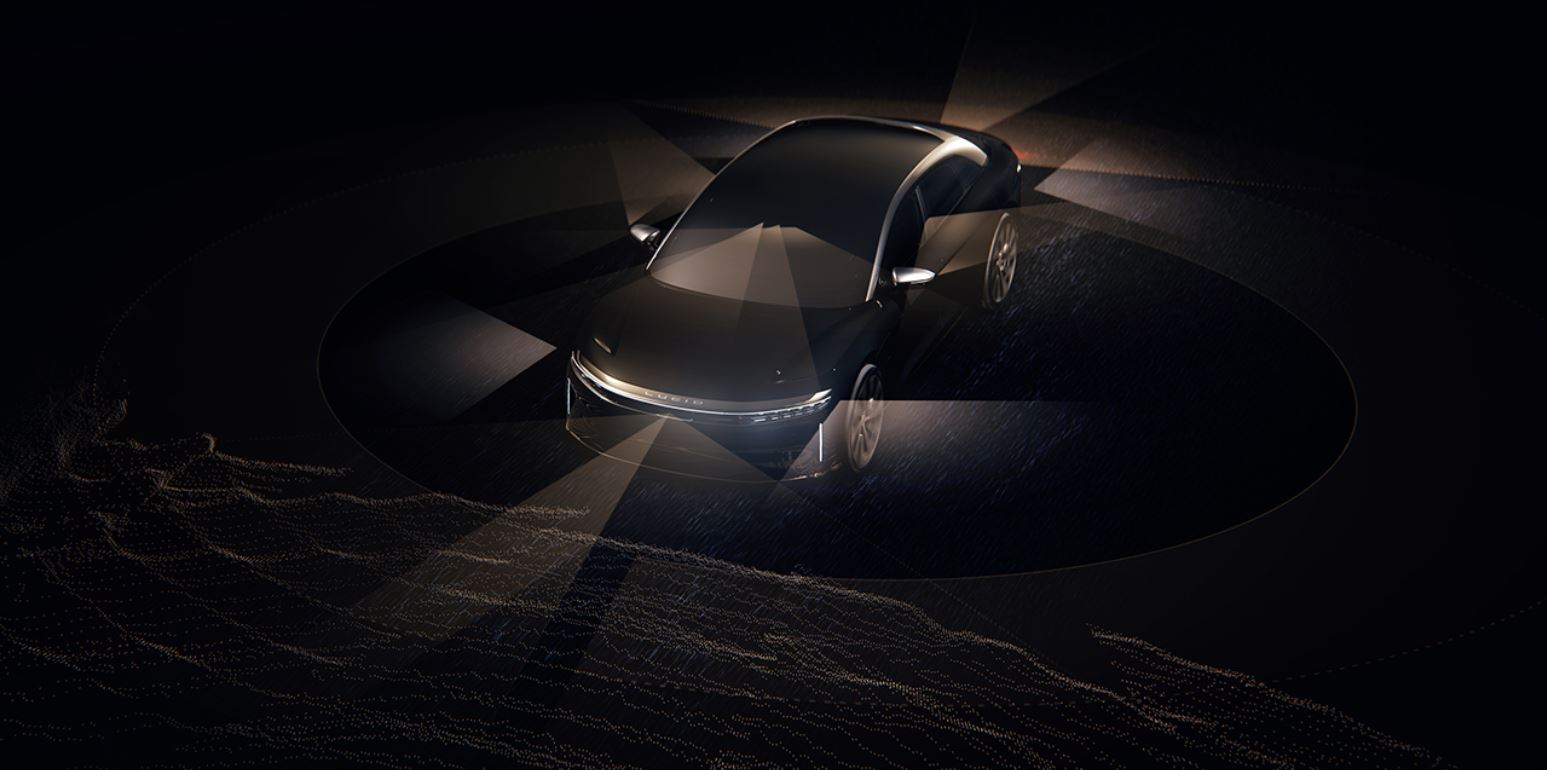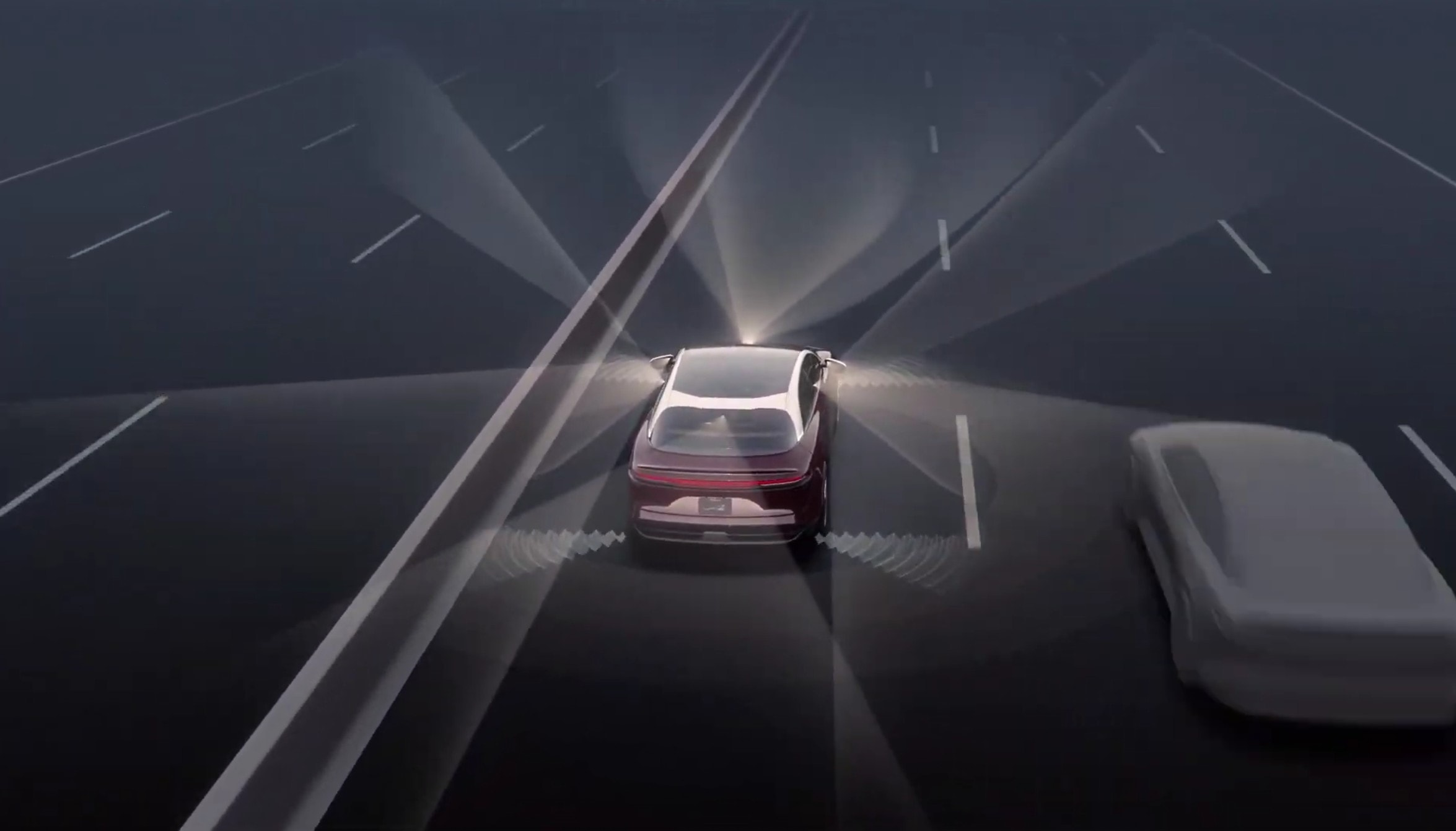
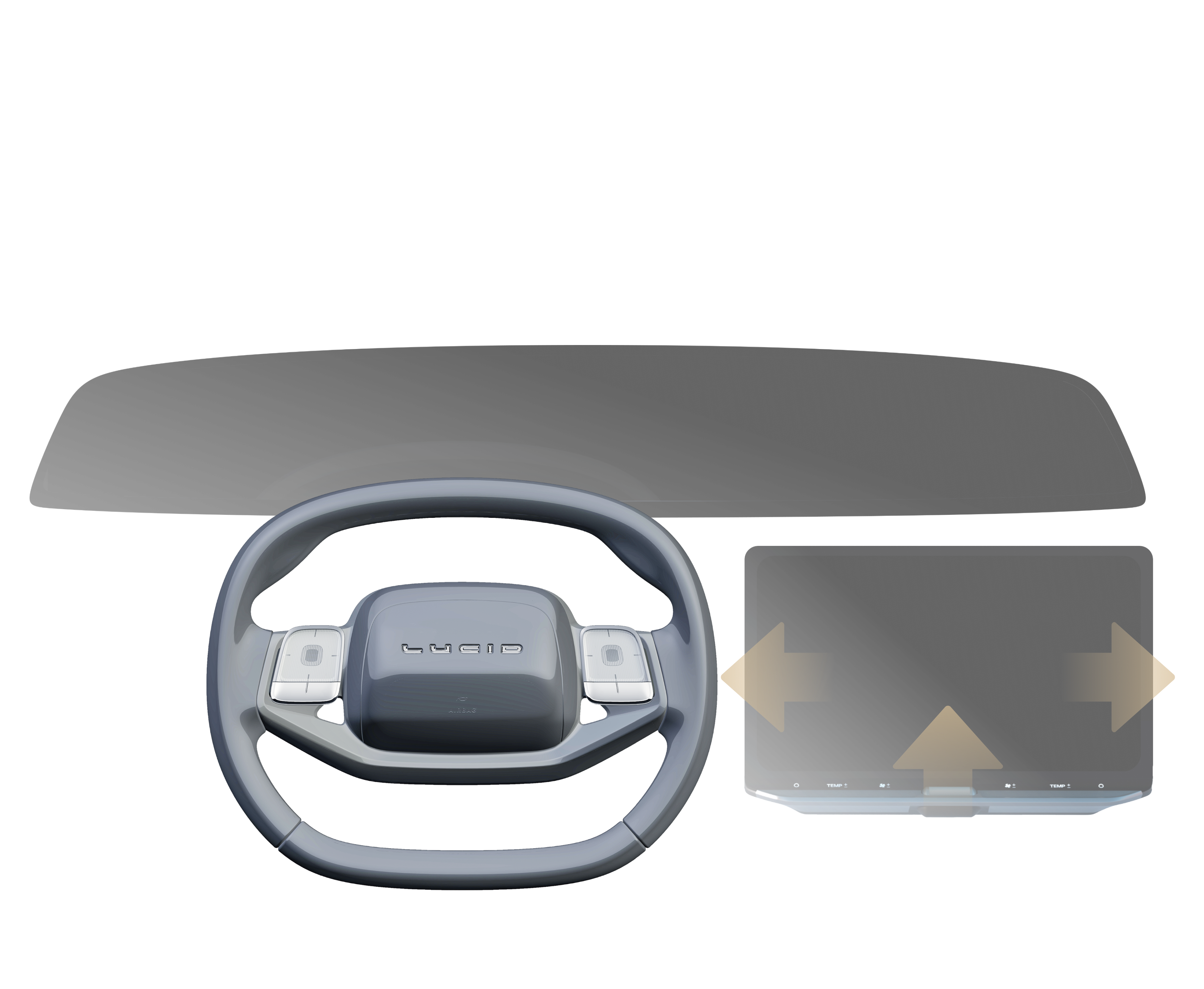
UX Considerations for Interior Design: Learnings → Opportunities
Lessons from Air informed Gravity’s design evolution. The display layout was reworked to improve road visibility, user experience, ergonomics, and minimize distraction, while the steering wheel and its controls were refined to complement the 34-inch seamless display with intuitive, tactile interactions—providing flexibility today and a scalable foundation for future vehicles.
Steering Wheel Interactions: Challenge | Goal
Challenge: With expansive touch displays already delivering a rich set of features, the challenge was to design steering wheel interactions that meaningfully complement the system without introducing distraction.
Goal: Create controls that let drivers perform core tasks with simple, instinctive gestures while keeping their hands on the wheel and focus on the road—centering user needs while building confidence and delight.
Design Principles
Effortlessness
Drivers can complete most frequent tasks quickly and effortlessly without removing their hands from the steering wheel
Familiarity
Drivers use interactions, gestures, and behaviors they are already familiar with in their daily lives
Contextual Mapping
Controls are located close to corresponding content areas, making it easy to associate actions with outcomes
Intention
Drivers can interact with purpose with fewer false positives and unintentional actions
From Ambiguity to Clarity - A Collaborative Iterative Process
2021.12
Remove Stalks?
We conducted a study to explore removing the stalks for cost savings and a more minimalist design.
We found that drivers struggled with wheel-mounted turn signals in high-maneuver situations and preferred stationary PRND controls.
These insights revealed safety and usability risks, leading leadership to retain the stalks.
2022.02
Steering in the Right Direction
We then looked beyond traditional automotive trends, to modern product design, and learned from other’s mistakes
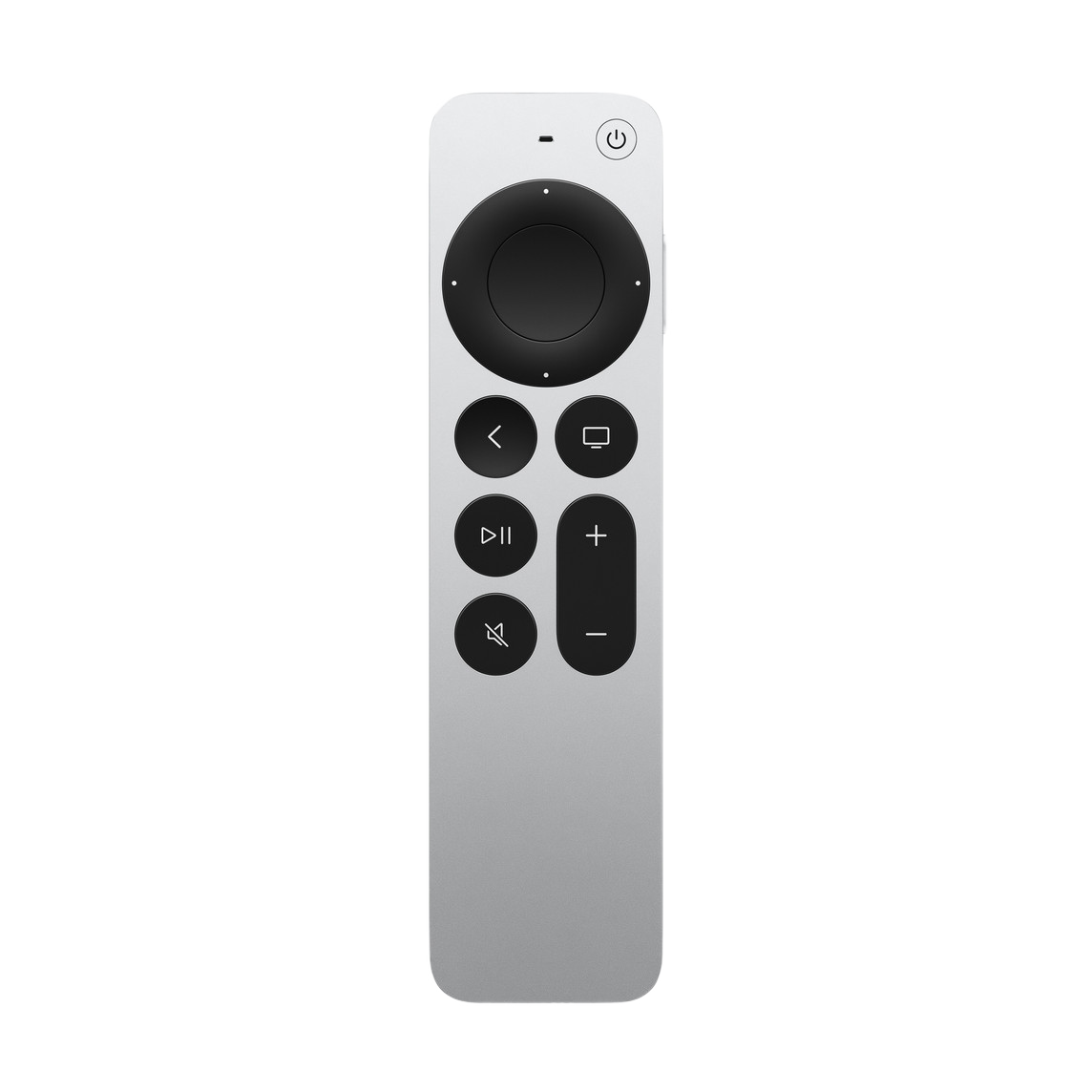
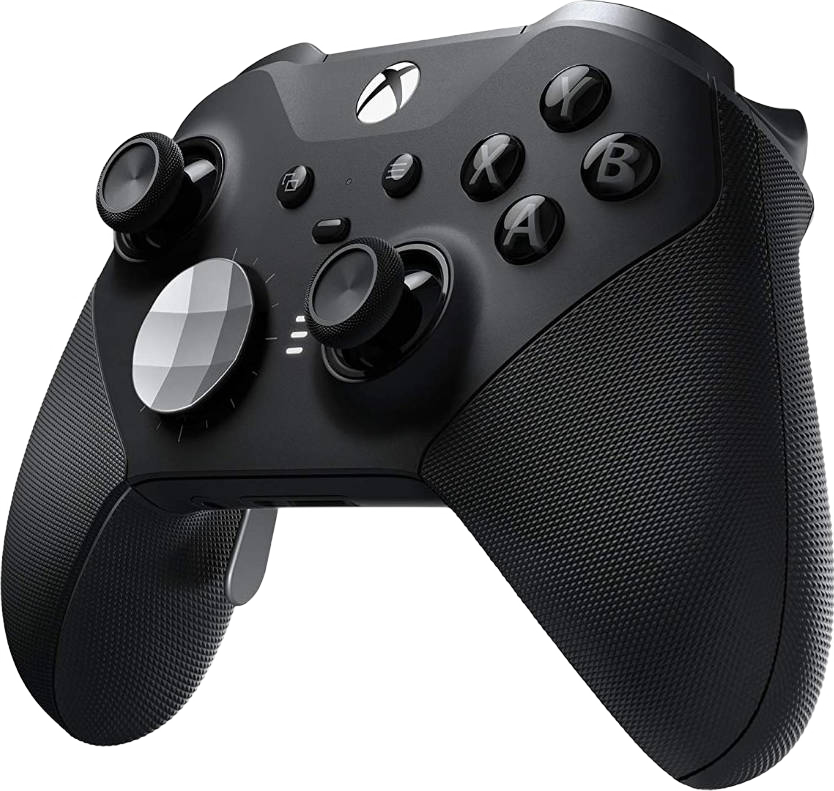
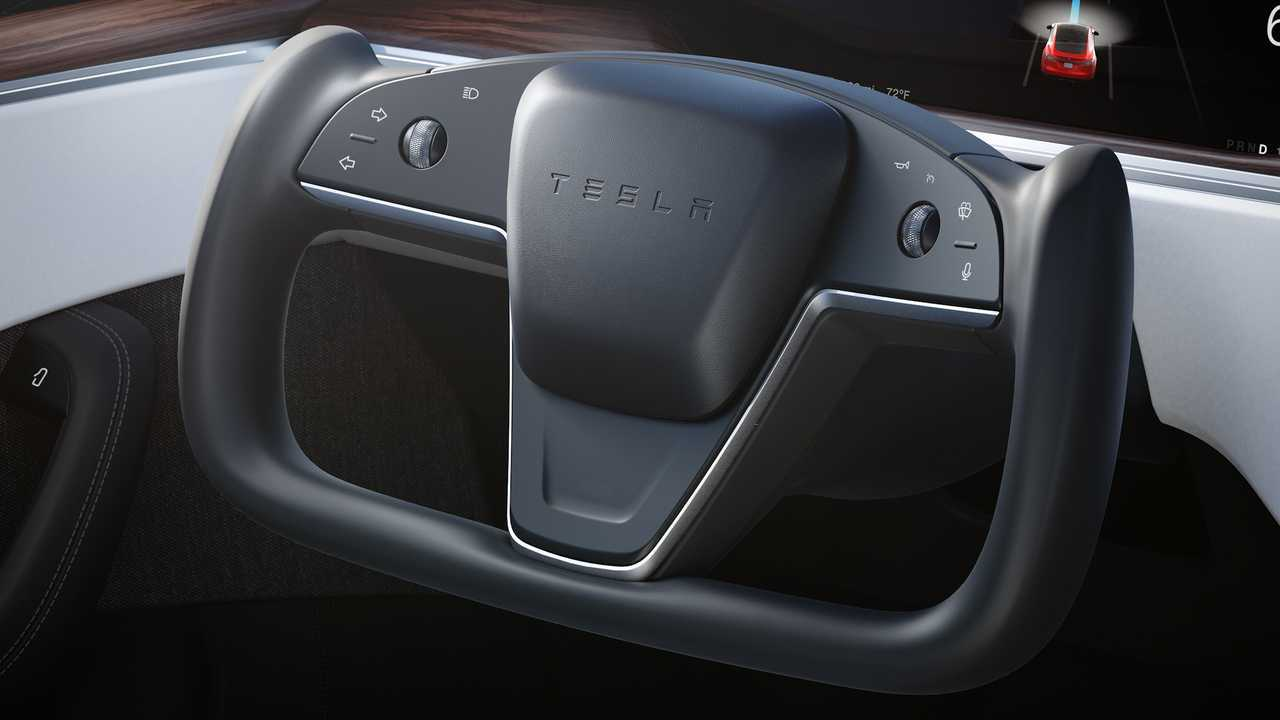
2022.03
Phygital Prototype
Physical + Digital
The user-centered design process works even with limited resources. We fabricated a prototype with a 3D printed steering wheel and attached it to an off-the-shelf digital display.
This was a key step to getting user feedback for our new steering wheel design.
2022.05
Initial Design Concept
Browsing Concept - Scroll Page on Wheel, Select on Screen
To elevate the already optimized touchscreen experience of our interface, Browsing Concept aimed to provide convenience and enhance quick-skimming while keeping hands on the wheel
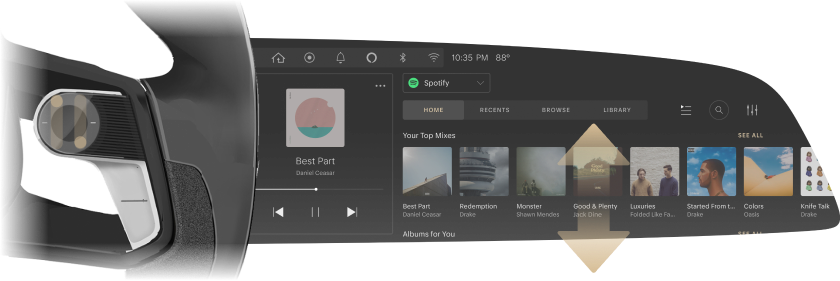
2022.09
Interaction Model Studies
While Browsing Mode allowed users to quickly scroll through a large amount of information, we found that users wanted the ability to complete the task they started on the steering wheel, rather than with the touchscreen.
2022.11
Alternate Design Concept
Selection Concept - Navigate Step-by-Step on Wheel, Select on Wheel
Taking user feedback into consideration, we investigated a new, more granular interaction with a selectable state via the steering wheel.
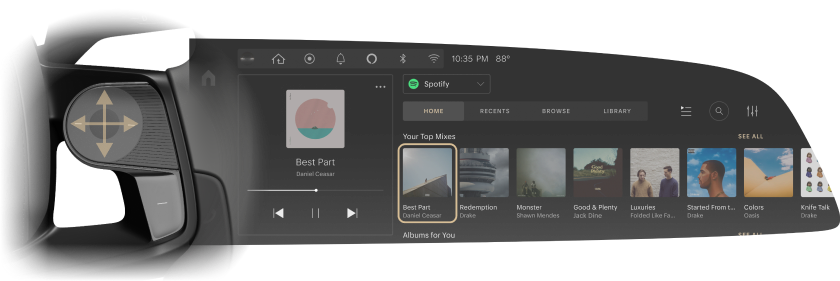
2023.01
Road To Success
Through mixed-methods studies pitting the two interaction models against each other, we learned:
Familiarity
Users liked ‘Selection Concept’ as it matches similar systems in their lives such as TV remotes.
Distraction
- Both interaction models were more distracting compared to just using the touchscreen.
- Navigating step-by-step was more distracting in complex, layered browsing experiences.
Broken Experience
Having to go back and forth between screen and steering wheel for the same task was counter-intuitive.
Main Takeaway: We could introduce gesture controls with simple interactions for core tasks only.
Production Design Solution
The intuitive capacitive steering wheel controls let drivers access rich features easily with the confidence that comes from hands-on driving. On the left, swipes dismiss notifications or navigate vehicle info widgets, while presses activate and manage ADAS functions. On the right, swipes scroll through apps, and presses trigger the voice assistant or a customizable shortcut. The result is an experience so seamless and natural it feels instinctive—allowing drivers to stay focused on driving.
App switching
Swipe up or down to quickly move between apps
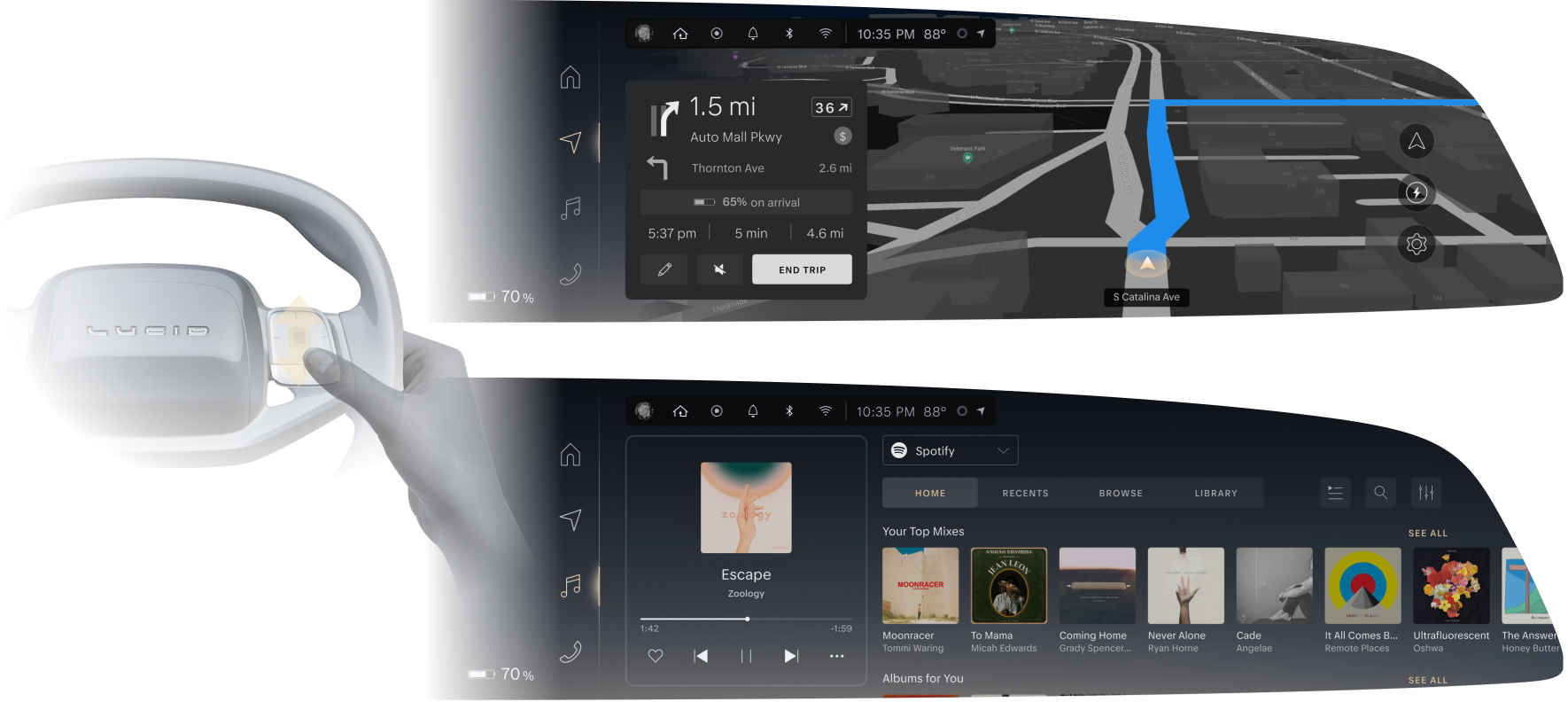
App-specific shortcuts
Swipe right within an app for shortcuts to most frequent interactions
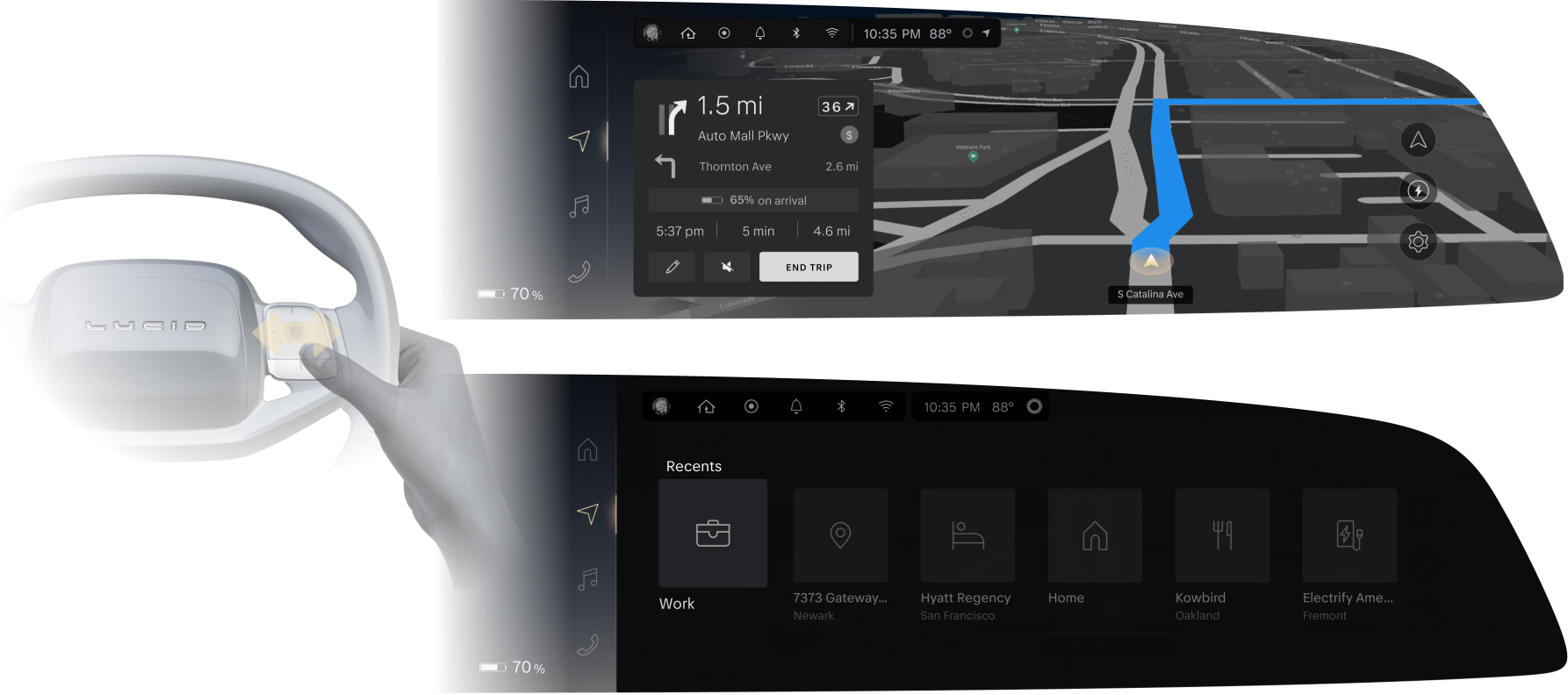
Vehicle widget switching
Swipe to switch widgets and view key vehicle information
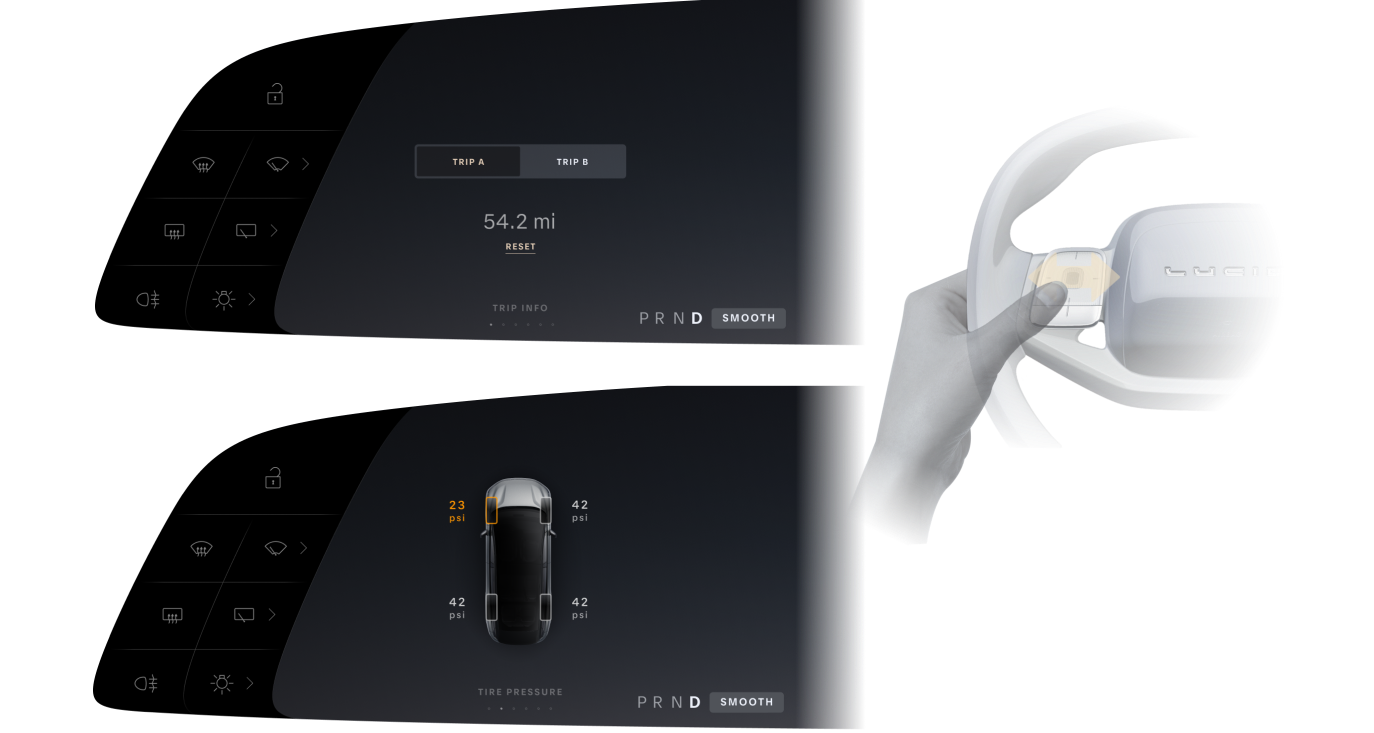
Notification dismissing
Swipe to dismiss notifications without taking hands off the steering wheel
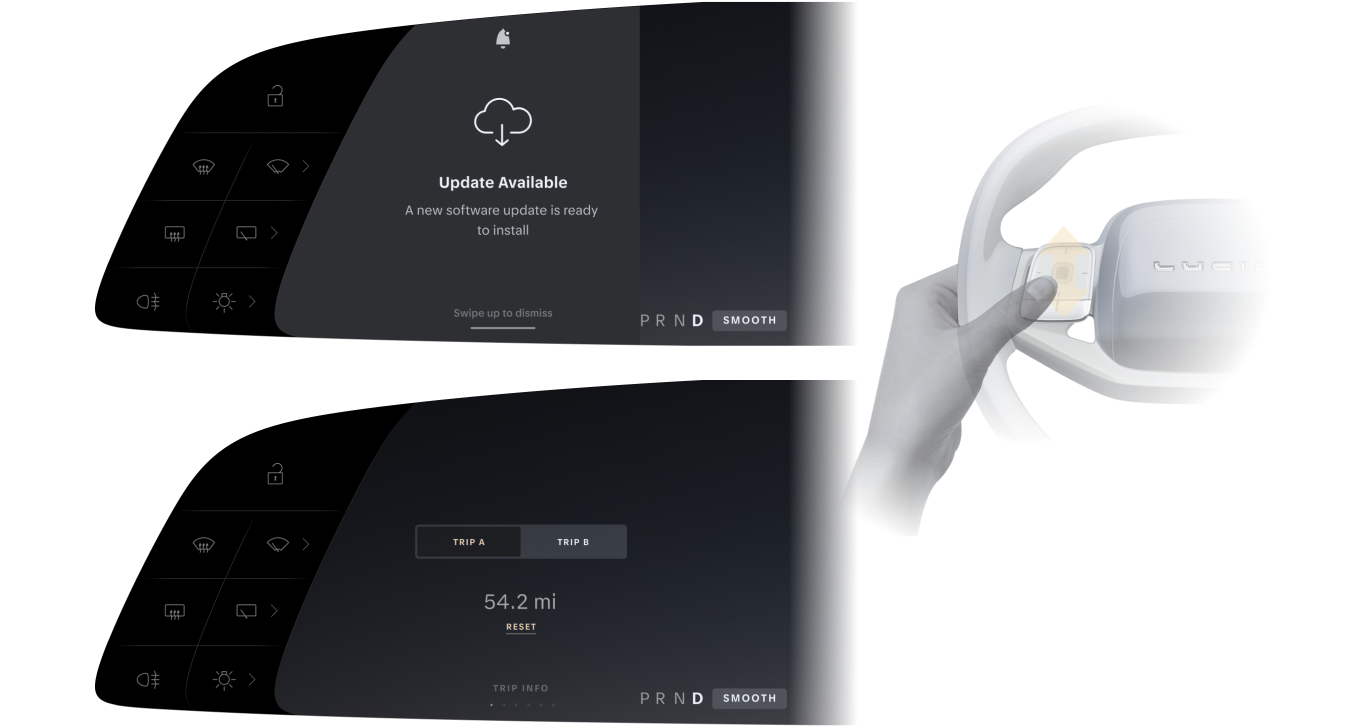
One-press personalization
Set up a button for controlling a preferred feature with one press
